Patient safety efforts improving, but journey continues
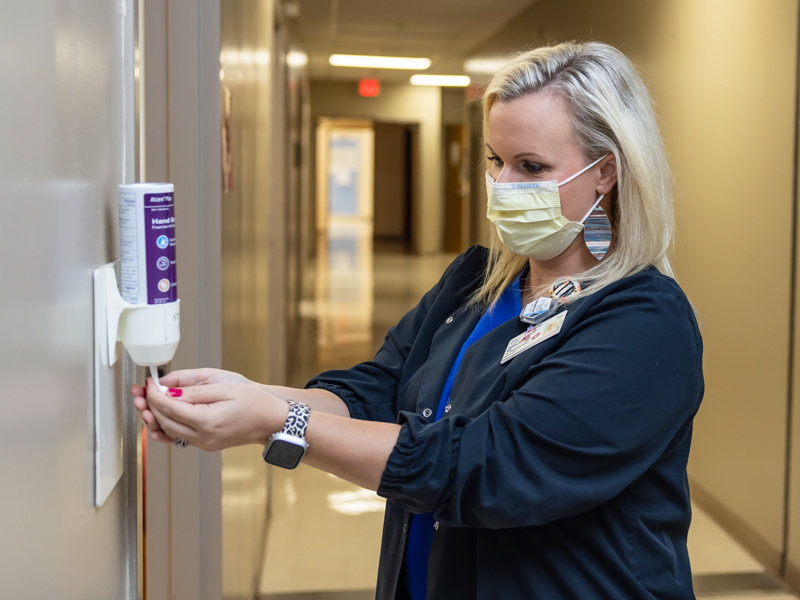
The University of Mississippi Medical Center’s heightened and consistent focus on patient safety, outcomes and experience is being recognized by a federal government agency that ranks hospitals nationwide based on their performance in those areas.
The Medical Center has advanced from one to two stars in the just-released Hospital Compare rating, with one star as the lowest grade and five stars the highest. The ratings must be reported for all hospitals receiving Medicare payment and with eligible, required reporting metrics. About 3,600 hospitals across the nation are included.
The five domains measured are 30-day mortality, safety, excess hospitalizations, patient experience and timely and effective care.
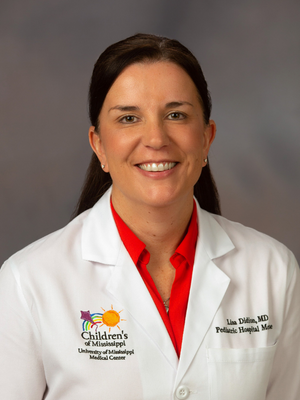
“This improvement is really the benefit of us staying focused on our priorities,” said Dr. Lisa Didion, associate chief medical officer for the Health System and a hospitalist. “The quality scores and patient experience scores have been driven by data, and by making them transparent and available.”
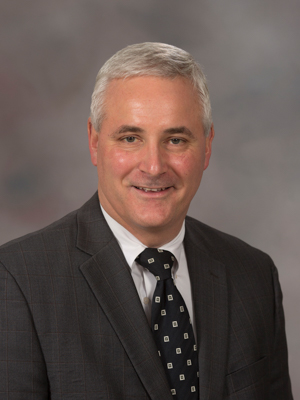
“Our attention to detail related to patient safety and patient experience has really helped us in this journey,” said Britt Crewse, chief executive officer of UMMC’s adult hospitals. “That all starts and ends at the front line of physicians, nurses, technologists, aides and all of the people who touch the patient every day.”
The Centers for Medicare and Medicaid Services, or CMS, rated 192 hospitals one star, 692 two stars, 890 three stars, 890 four stars and 429 five stars. Ratings are based on data collected between 2017-2020, meaning improvements made by hospitals more recently are not part of CMS’ current evaluation.
Eighty-eight percent of data used to measure performance was collected before December 2019, but the Medical Center has continued to make steady, measurable progress over the last three years, said Dr. Michael Henderson, UMMC chief medical officer. Data must be publicly reported by CMS for two years before it can even be used to determine a hospital’s star ranking.
The star ratings and the Leapfrog Group’s safety grade of A-F are the most commonly used public metrics for evaluating quality of care and how safe patients are at the nation’s hospitals. UMMC holds a “C” grade from Leapfrog.
Academic medical centers are at a disadvantage over smaller hospitals in the star ranking system, because the number of metrics included is much greater and the CMS risk adjustment is inadequate for the most sick and complex patients who end up being treated primarily at safety-net facilities.
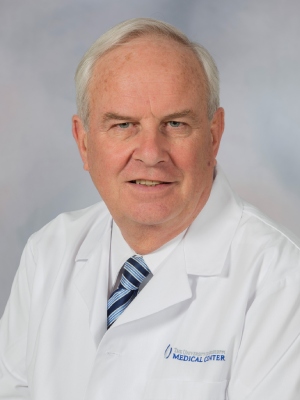
“Academic medical centers, particularly those considered safety-net hospitals for indigent and underserved patients, score more poorly on national scorecards,” Henderson said. “But no matter who you are, you can always make it better, and we are very much in that category.”
Academic medical centers sharing UMMC’s two-star rating include the University of Arkansas Medical Sciences campus in Little Rock; the University of Alabama-Birmingham; the Medical University of South Carolina in Charleston; the University of Texas Health Sciences Center at San Antonio; Boston Medical Center; and the University of Texas Southwestern Medical Center in Dallas. All are safety-net hospitals that treat the sickest patients.
CMS has more than 50 potential available measures for ratings with inclusion and exclusion criteria and weighs these by the five domains. Safety of care, mortality, readmissions and patient experience each count for 22 percent, with timely and effective care counting for 12 percent.
Progress on this journey has been achieved by UMMC establishing clinical quality improvement as its No. 1 strategic priority in 2015. This resulted in the CMO Office developing a structured approach for improvement with focused goals, data driven with transparency and review of progress.
In 2017 the Office of Patient Experience was created to help patients and families navigate the health care system and to listen to their concerns. The Patient Experience team embraces the patient’s voice, helping to ensure they are treated with respect and kindness and kept safe from harm.
“Our (separate) patient experience score has been three stars for a while. That’s incorporated into the hospital scores,” Henderson said. “Of the five domains, it’s improved the most.”
Focus on safety, outcomes and experience matters greatly, Didion said.
“We should be providing care for our patients just like we would want for our loved ones,” she said. “Someday, we will all be patients, and we need to care for each other in the way that we’d want to be cared for. We want optimal safe care with empathy at the bedside, and this is not just physicians. It’s nurses, respiratory therapists and everyone caring for the patient.”
Alice Chaney Herndon, a veteran nurse in neonatal and women’s health care and one of UMMC’s directors of adult nursing services, is proud of the work and the banding together within the Medical Center’s front line.
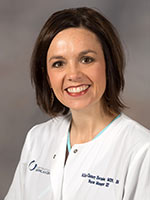
“For an academic medical center, this is a tremendous accomplishment, especially in the wake of our current health care state,” Herndon said. “Despite challenges with supplies, staffing issues and changes in processes related to caring for COVID patients, we have still managed to move the mark despite the deck being stacked against us.
“We have been successful at not only maintaining patient safety and quality during the pandemic, but actually improving our quality metrics and patient care,” Herndon said. “It definitely takes a village, and I am so appreciative of our nursing leaders and other front line staff members who are in the trenches day in and day out, ensuring we are providing the best possible care for our patients and families.”
The Medical Center’s greatest opportunities for improvement include 30-day mortality, which means death occurring within 30 days of a hospital admission; and excess acute care hospitalizations, a category recently expanded to include visits to the emergency room or being held for observation following a hospitalization.
“This is recognition of the journey of excellence that we are on,” Crewse said. “Our (immediate) goal is a B rating from Leapfrog and three stars from CMS, and we’re on our way.”


